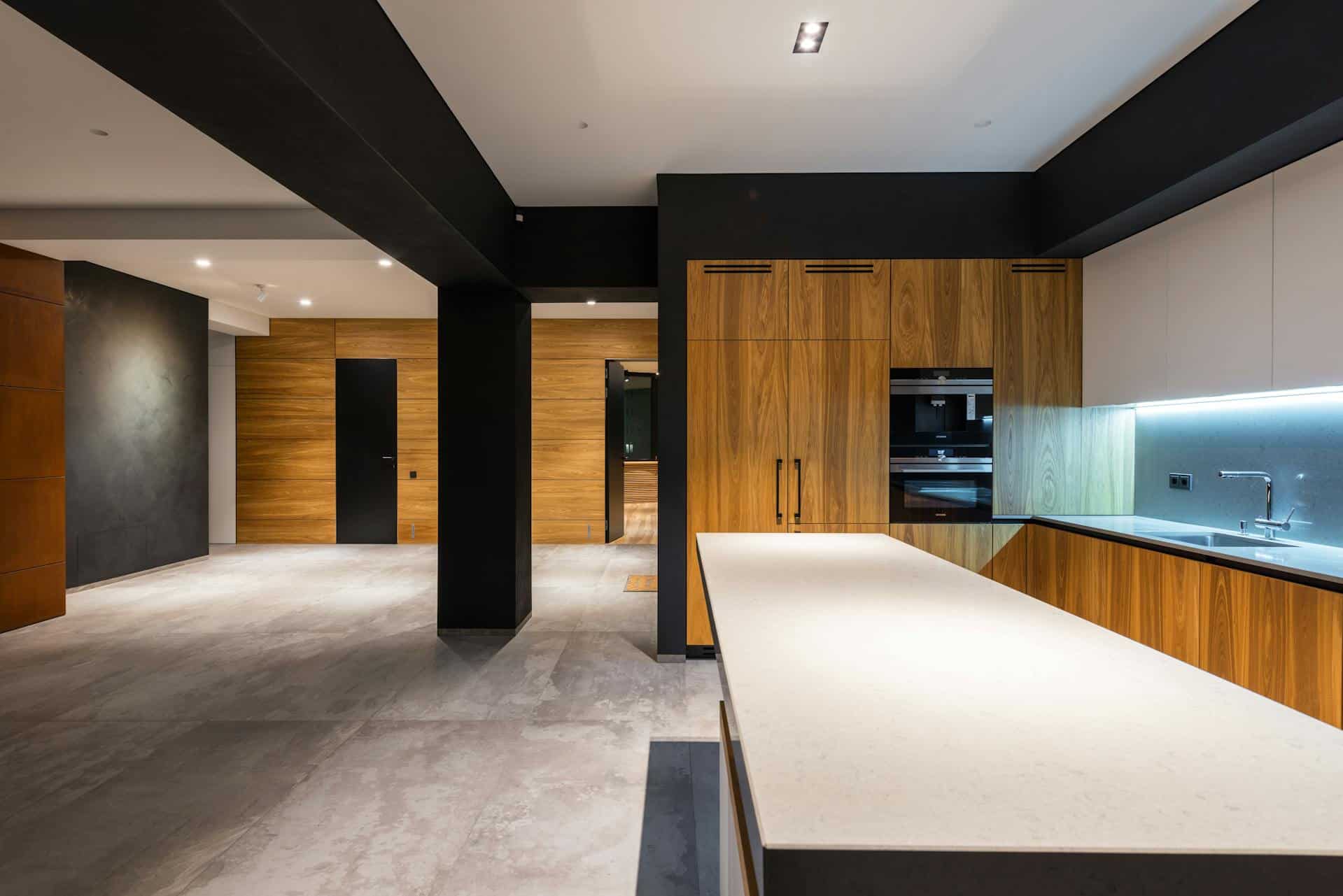
Question: What Makes a Cupboard a Cupboard?
Answer: What makes a cupboard a cupboard is its enclosed storage space, typically with shelves, and a door (or doors) used for storing household items like food, dishes, or other goods.
Defining Cupboard Characteristics
Cupboards are fundamental to how we organize our homes and workplaces. They provide essential storage, keeping belongings tidy and accessible. But what exactly defines a cupboard? Is it simply a box with a door, or is there more to it? This article delves into the key characteristics that make a cupboard a cupboard, exploring its essential features, from its enclosed storage space and protective function to its varied designs and roles in different environments. We’ll examine what distinguishes them from other storage furniture and consider how its design contributes to its functionality, ultimately painting a comprehensive picture of this ubiquitous and versatile piece of furniture.
What Makes a Cupboard a Cupboard?
A cupboard is a piece of furniture. It has a closed storage area. Doors, often hinged, enclose the space. This enclosure differentiates yjem from open shelving. Cupboards offer concealed storage.
They vary in size, material, and design. Their core purpose remains consistent: to store and protect items. They organize belongings within a defined space.
Their enclosed nature also protects items from dust, light, and pests. This feature makes them suitable for storing food, clothes, and other valuables.
Click here for more information on cabinet refinishing Toronto
Related Article: What Do You Call the Board Under Kitchen Cupboards?
Related Article: Why is it Called a Cupboard?
Cupboard Design and Functionality
Designs vary widely. Simple cupboards feature basic shelves and more complex designs incorporate drawers, compartments, and specialized storage solutions.
The internal layout enhances its functionality. Adjustable shelves allow users to customize the space. Drawers provide organized storage for smaller items. Specialized compartments accommodate specific needs, like spice racks in the kitchen.
External features also contribute to the design. Door styles range from traditional hinged doors to sliding or folding doors. Handles, knobs, and other hardware add both functionality and aesthetic value.
The Role of Cupboards in Different Spaces
They play different roles in various rooms. Kitchen models store food, dishes, and cookware. Bedroom cupboards hold clothes and personal belongings. Bathroom cupboards contain toiletries and cleaning supplies.
In offices, they store files, stationery, and other supplies. Living room models display books, decorative items, and media equipment. The specific purpose dictates its design and features.
Cupboards adapt to diverse storage needs. Their versatility makes them essential furniture pieces in homes and workplaces. They contribute to organization and efficiency in different environments.
Evolution and Future of Cupboards
Design evolves alongside changing lifestyles and technological advancements. Modern versions incorporate innovative features like built-in lighting, smart storage solutions, and integrated appliances.
Sustainability plays an increasing role in production. Manufacturers use recycled materials and eco-friendly manufacturing processes. Consumers seek durable and long-lasting cupboards to reduce waste.
Future products might integrate technology more seamlessly. Smart home integration could allow for automated inventory management and personalized storage solutions. Designers will continue to explore new materials and construction methods to improve functionality and sustainability.
Distinguishing Cupboards from Other Storage Furniture
While cupboards share similarities with other storage furniture, key differences exist. Wardrobes, for instance, primarily store clothes and often include hanging rails. Cabinets, typically found in kitchens, usually have countertops and drawers for meal preparation.
Sideboards, often placed in dining areas, serve as storage and display surfaces. These distinctions highlight the specific functions and designs associated with different types of storage furniture. Understanding these differences helps users choose the most suitable storage solution for their needs.
The enclosed storage space with doors remains the defining characteristic. This feature distinguishes it from open shelves, bookcases, and other similar furniture items. While variations in design and materials exist, the core function remains consistent: to provide secure and organized storage.
Conclusion
A cupboard is more than just a storage box. It is a versatile and essential piece of furniture. Its enclosed design, varied materials, and adaptable configurations make it valuable in homes and workplaces. From kitchens to bedrooms, cupboards play a crucial role in organizing and protecting our belongings. [ 1 ]
References
1. https://www.angi.com/articles/cabinet-vs-cupboard.htm

Blue Malue Get in touch with Blue here.
